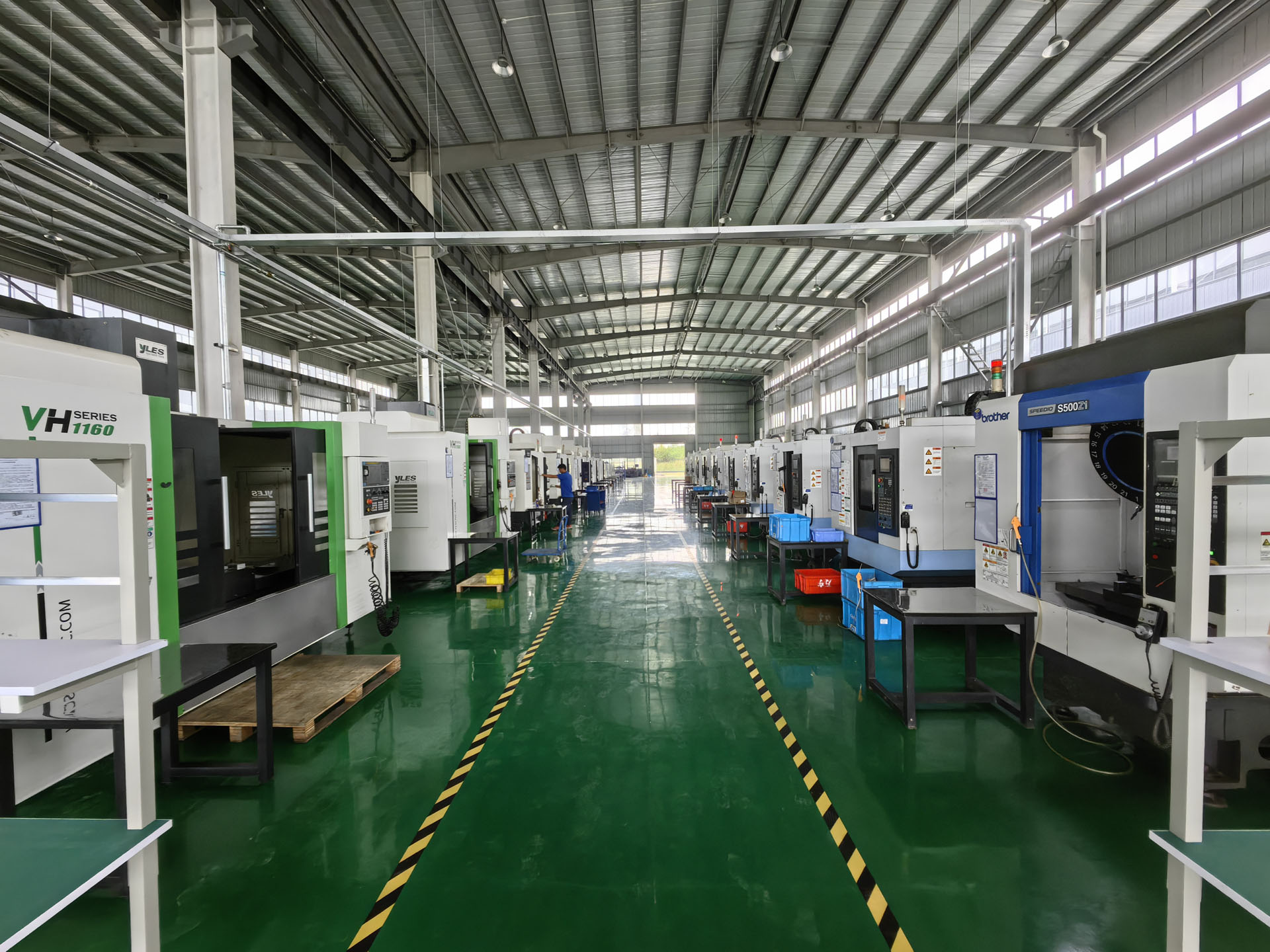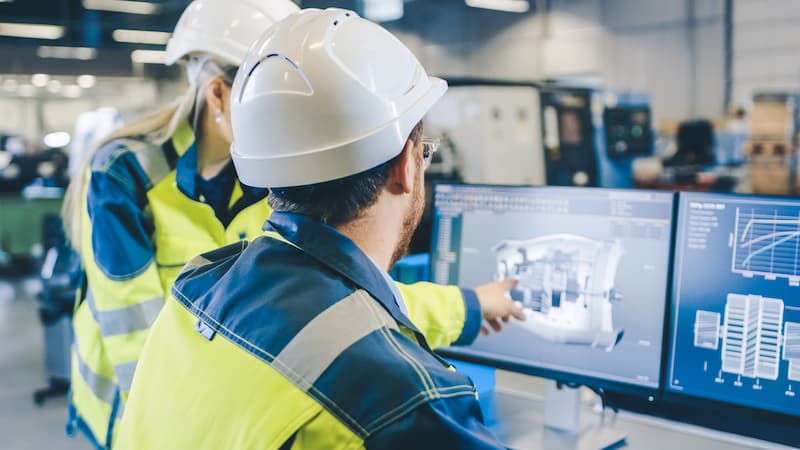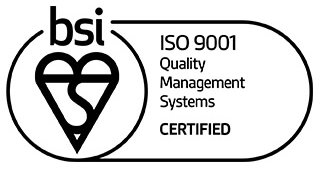Gravity Die Casting
Capabilities
Gravity die casting, sometimes known as permanent mould casting, is a means of die casting high-quality components in a range of low-temperature metals. Unlike pressure die casting, gravity die casting involves a simple pouring of the molten metal into the mould without any additional force applied. Also, unlike pressure die casting, gravity die casting can use both metal and sand cores, referred to as semi-permanent mould casting, for greater complexity of design.
Contact Dean Group International for Your Quote
To find out more about our gravity die casting process, or to get a quote for your project, please get in touch with us on 0161 775 1633 or submit your enquiry online.

What are the benefits of gravity die casting?
Lower levels of trapped gas within the mould produce castings with high integrity and a good surface finish. Pouring the metal also avoids the problems created by the ‘critical meniscus velocity’, whereby metal introduced into a mould too quickly risks folding over itself.
Gravity casting produces components with far smoother surfaces than, for example, sand casting; and while generally more suitable for larger, thicker parts than pressure die casting, it can also produce parts with high levels of detail. The option of using sand cores in the gravity die casting process allows for more complex designs and greater flexibility during the run.
Although the pouring of the metal is slower than the injection method used in pressure die casting, because gravity die casting uses hardened steel moulds, the alloy is able to cool and solidify quickly. This means that parts are both strong and ductile and have a finer grain structure. Modifying the thickness of the mould wall can also help with directional solidification, which reduces the possibility of shrinkage defects.
What is Gravity Die Casting Suitable for?
Considerations include quality requirements such as surface finish, complexity, mechanical properties and integrity. Additional production-related factors include production rate, lead time, and process flexibility, as well as overall commercial considerations.
Gravity die casting is better suited to shorter production rates than pressure die casting, and also has a lower initial tooling cost. It is also suitable for a wider variety of alloys, including brass, zinc, magnesium and Mazak, although metals with higher melting points are not suitable. Sections produced by gravity die casting, although heavier than those produced by pressure die casting, are thinner than the less precise sand casting method.

What does the process involve?
Using computer-aided design (CAD) technology, we produce a 3D model of your component. Following successful flow simulations, the model is then used to create the tool, which may incorporate an ejector system.
The mould is preheated to over 150 °C, and the cavity is coated with a lubricating release agent to prevent the casting from sticking. A core made from either metal or sand may be inserted, the two die halves are clamped together, and the molten alloy is poured in and allowed to solidify. Once the metal has cooled, the cast part is removed either by hand or by automation. Further machining is generally required to remove excess material – such as sprues and flash.
Contact Dean Group International for Your Investment Casting Quote
Registered in England VAT No: 146307478 Company Registration No: 1062820




